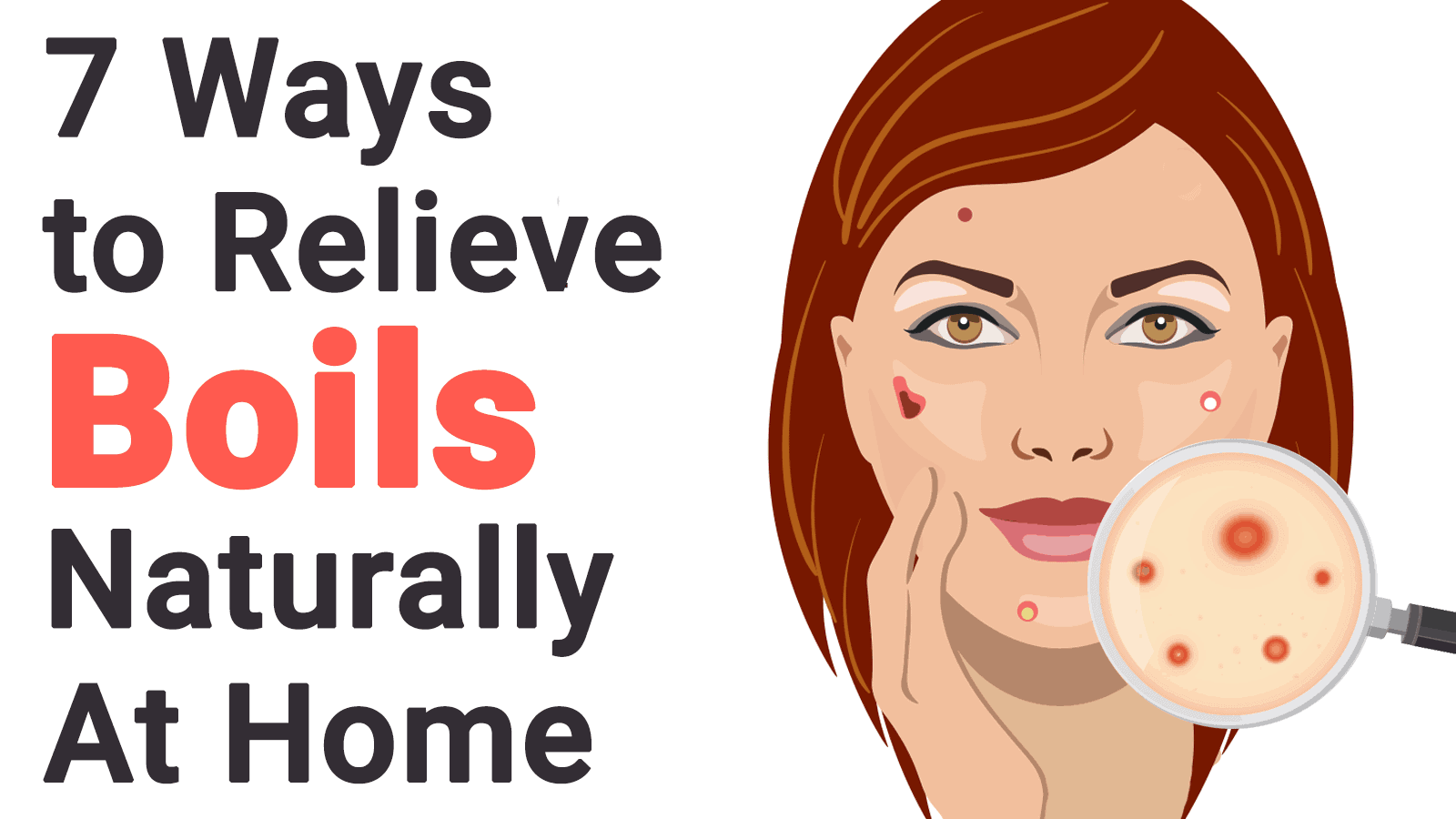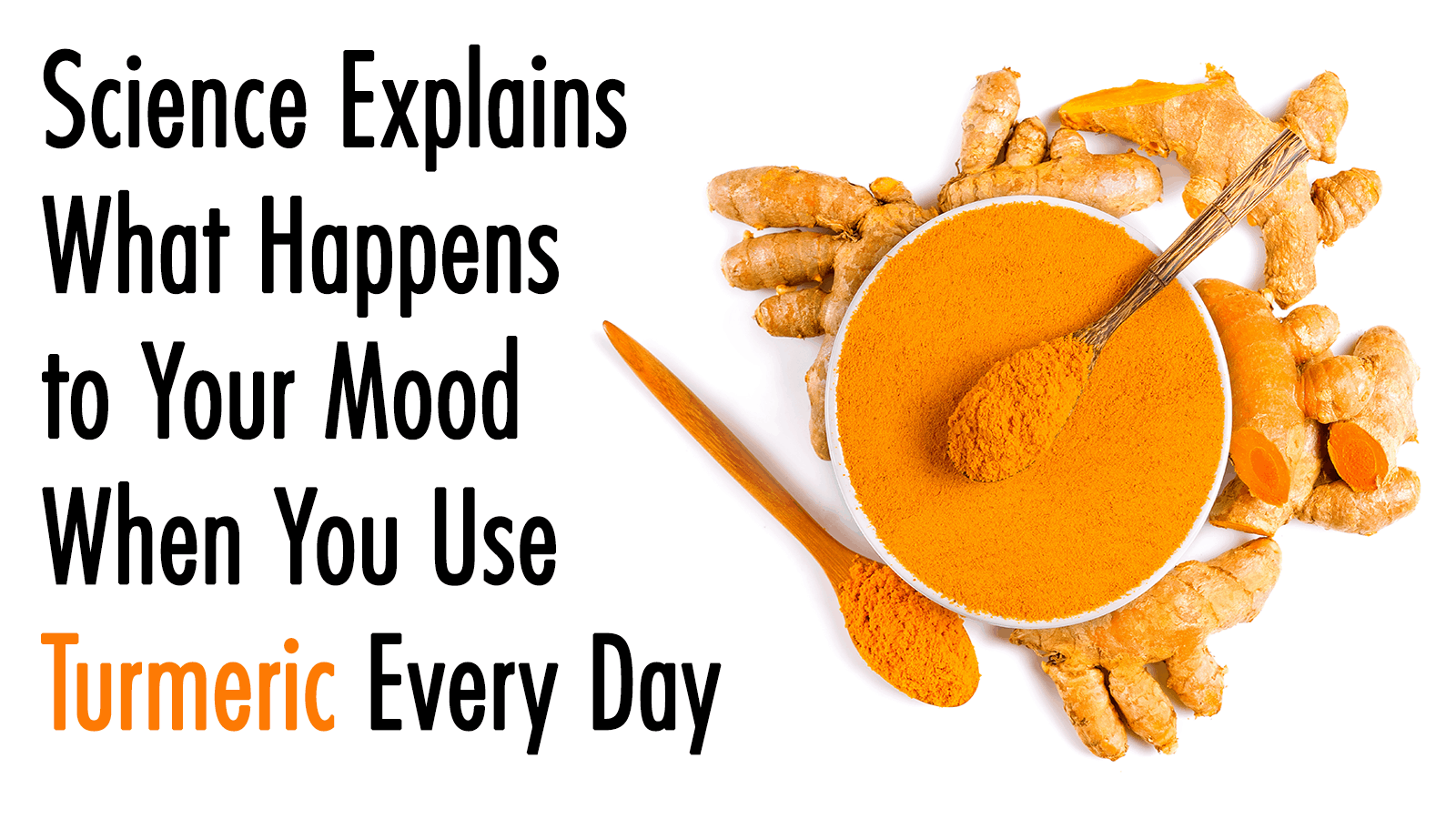There’s nothing more annoying to have to deal with in the summer months than skin conditions such as boils. Normally caused by sources of infection such as hair follicles or oil glands, boils can develop very quickly and before we know it, we’ll be looking for excuses to stay home and wondering why our skin decided to act up.
Normally, boils are tender, red lumps, which can be painful if pressed on. With time, the boil gets a white pus-filled head as the infection progresses. Most boils can heal within two or three days of the pus head forming.
As a rule of thumb, never try to force a boil open, because it will inevitably scar and spread the infection. For most boils, you wouldn’t need to see your doctor, as they can heal by themselves. If you think you have a cluster of boils – also known as a carbuncle – or a painful eye boil, then do go and see your doctor. But if you’re just dealing with one boil, there are several home remedies you can turn to make sure the infection heals quicker. Here are some of them that you can turn to – and the best thing is, they use ingredients you can find in almost any household pantry.
Here Are 7 Ways to Relieve Boils Naturally at Home
“If you have a boil or stye, resist the temptation to squeeze it. This will prevent the infection from spreading and help prevent or minimize scarring.” – Nada Elbuluk, MD
1. Over-the-counter antiseptic cream
The main thing about healing a boil is to keep the spot clean and dry and to protect it from any other bacteria that may form. Neosporin is by far one of the best antiseptic ointments you can get. You’ll find that within days of applying it, it will soothe the redness and relieve the pain as well. Apply the antibacterial cream twice a day – morning and night – after cleaning and carefully drying the boil. It might make some of the pus leak out – but that’s okay. Just remember not to touch it and try not to spread it.
2. Heat
Whether it’s a heat pad or something simpler like a warm towel, heat is a cheap and easy way to relieve pain and redness from boils. Apply heat to the area to help with blood circulation – this moves white blood cells to the area of infection and helps it dissipate quicker. Don’t overheat though, only use about 20 minutes of heat at a time, three or four times a day. You’ll see the difference almost straightaway.
3. Raw onion and fresh garlic
Both onion and garlic have an antioxidant effect that can really help with all infections. Cut onion in big slices or press garlic into a fine paste and juice. Apply either (or both) onto the boil once or twice daily and the effects will be noticeable almost immediately. Additionally, if you decide to eat more garlic and onion, that will also be a great way for your body to fight the infection from the inside.
4. Epsom salts
You might consider them an essential ingredient for your bath, but Epsom salts are actually really effective against boils, too. They cause the pus to dry out, helping the process of draining. The best way to apply Epsom salts to a boil is through a hot compress 20 minutes at a time every day.
5. Tomatoes
Did you know that tomatoes have great antioxidant qualities and can be highly effective against boils? They’re also easy to find as pretty much everyone has a few in their fridge nearly all the time. Mash the tomatoes into a fine paste or blend them in a blender – like you would to make pasta sauce – and apply it directly onto the boil. Don’t use pre-bought tomato sauce, as some of the additives can stop the healing process. Fresh tomatoes always work best.
6. Turmeric
There’s a reason why a lot of Indian cooking uses turmeric as one of its main spices. Turmeric has wonderful healing properties and you can use it both on the outside and the inside. If you feel like it, have a cup of hot milk with some turmeric dissolved into it just before bed for its excellent antioxidant qualities. It’s very good for anyone struggling to fall asleep and it doesn’t taste half bad either! Additionally, if you mix some turmeric with milk cream and apply it directly over the boils that will really help too.
7. Water
You weren’t expecting that one, were you? Well, it’s a well-known fact that hydration is great for you, but when your body is at risk of infection, that’s even more relevant than before. Drinking over two liters of water a day will help your immune system ward off the infection and help your blood flow as well. Additionally, after you are healed of the boils, don’t abandon your water drinking. Drinking lots of water throughout the day helps keep your skin healthy and prevents the possibility of more boils forming.
Final thoughts
No matter how positive you are, let’s admit that boils are never very pleasant to have to deal with. Fortunately they rarely cause any serious damage. However, if you feel like you’re developing a fever, nausea, or any other symptoms, or if the boils last for longer than two weeks, it’s time to visit the doctor! They might have to prescribe you some antibiotics to help keep the infection in check. Additionally, to prevent getting more boils, to keep your skin clean and use antibacterial rinse whenever you can. Any broken or damaged skin can turn into an unpleasant boil, so always keep wounds clean, too. And remember positive thinking – boils are not the end of the world!


















